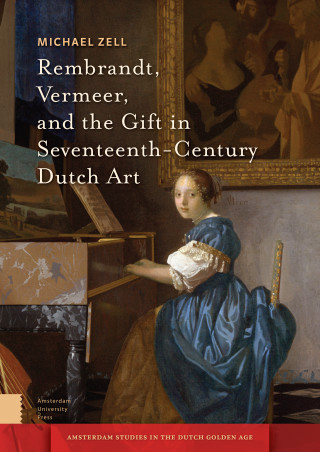Giles Knox examines how El Greco, Velaìzquez, and Rembrandt, though a disparate group of artists, were connected by a new self-consciousness with respect to artistic tradition. In particular, Knox considers the relationship of these artists to the art of Renaissance Italy, and sets aside nationalist art histories in order to see the period as one of fruitful exchange. Across Europe during the seventeenth century, artists read Italian-inspired writings on art and these texts informed how they contemplated their practice. Knox demonstrates how these three artists engaged dynamically with these writings, incorporating or rejecting the theoretical premises to which they were exposed.
Additionally, this study significantly expands our understanding of how paintings can activate the sense of touch. Knox discusses how Velaìzquez and Rembrandt, though in quite different ways, sought to conjure for viewers thoughts about touching that resonated directly with the subject matter they depicted.

